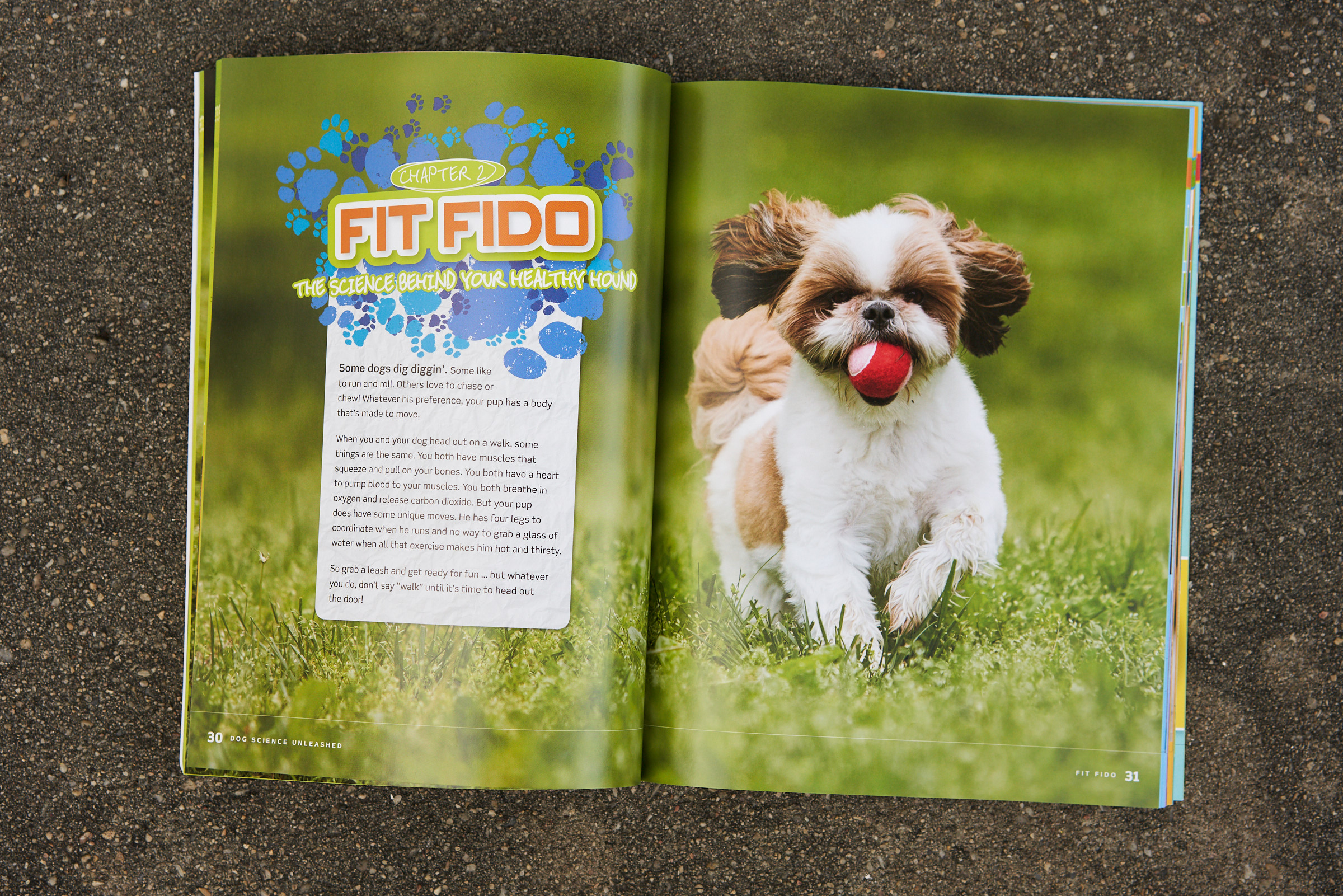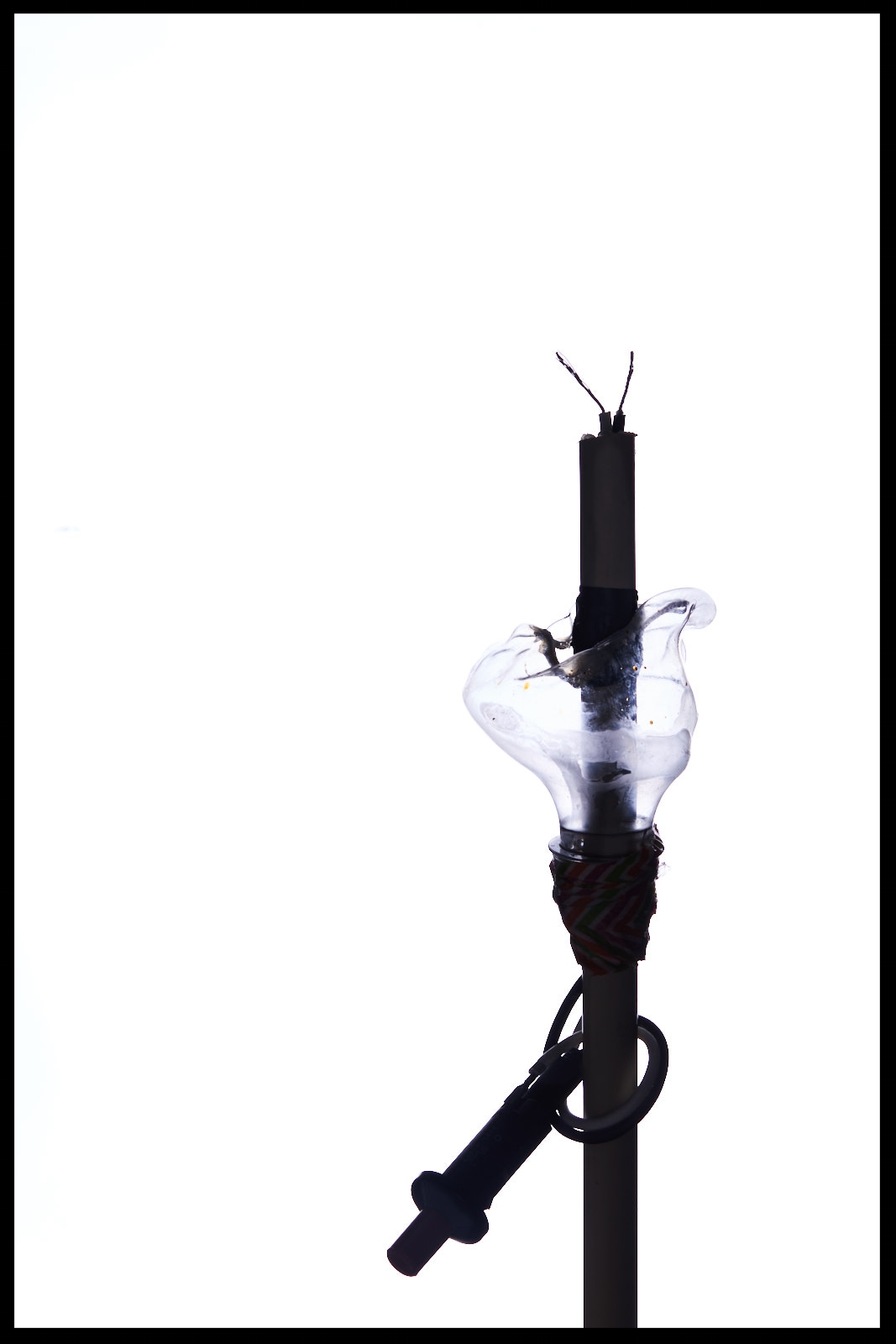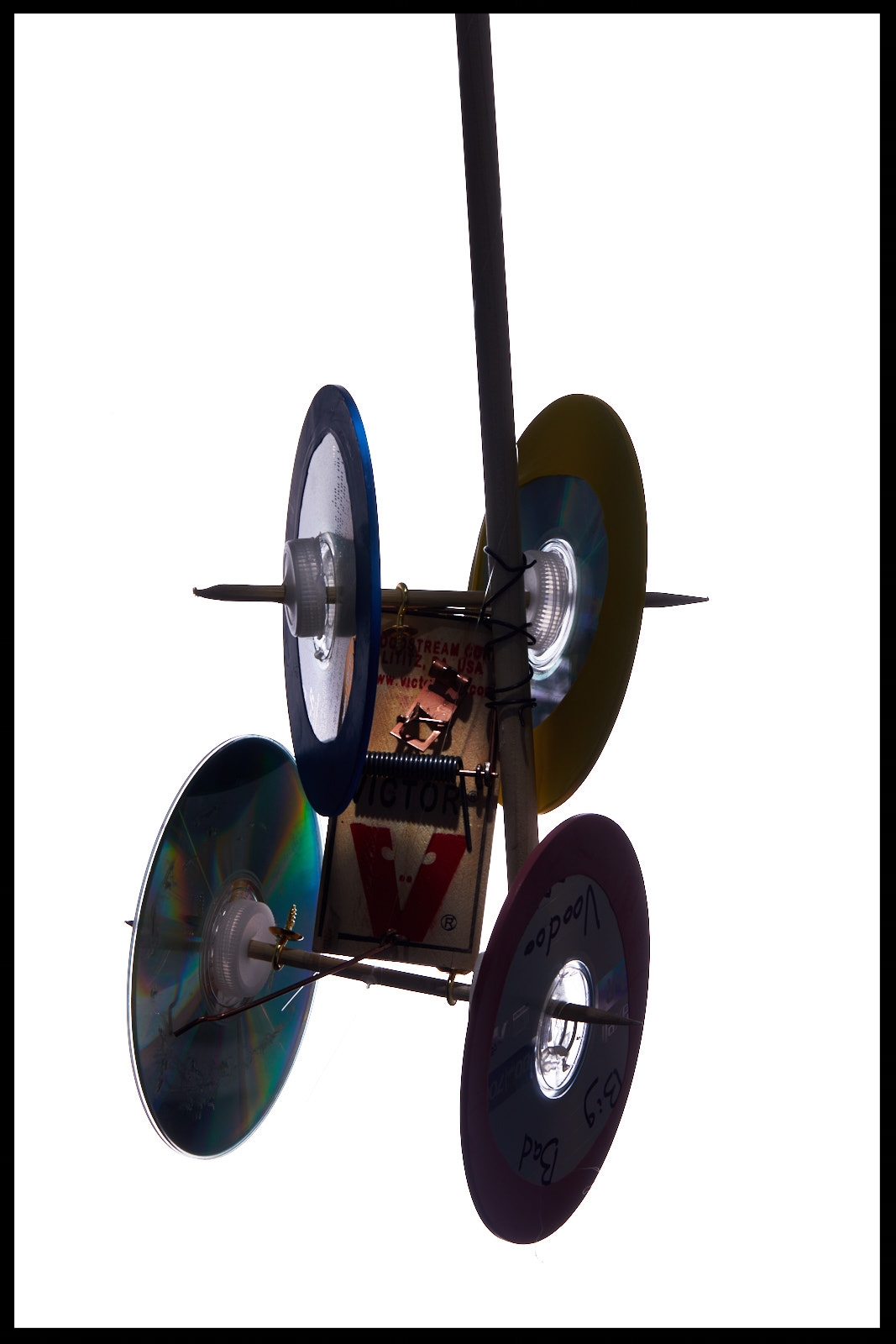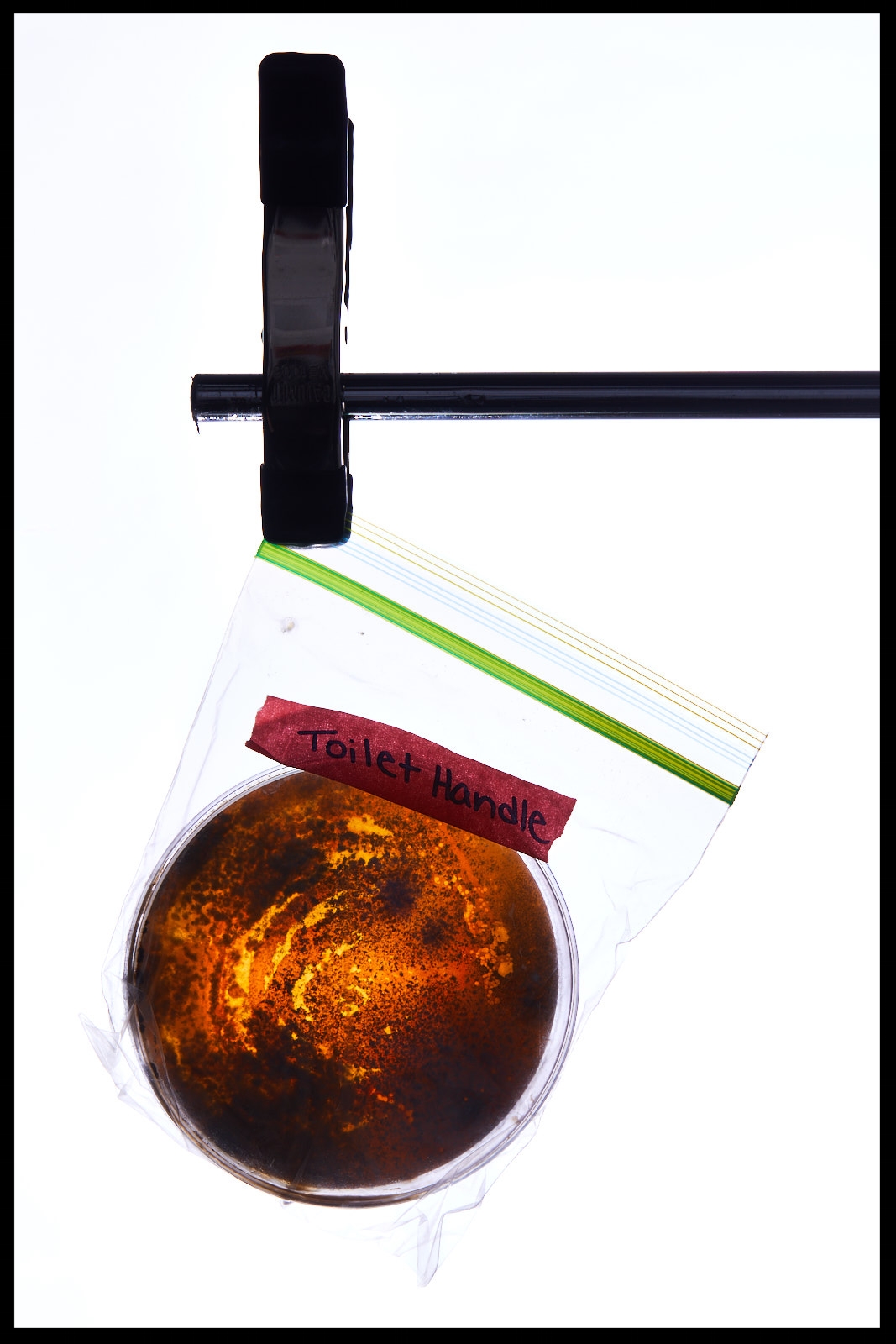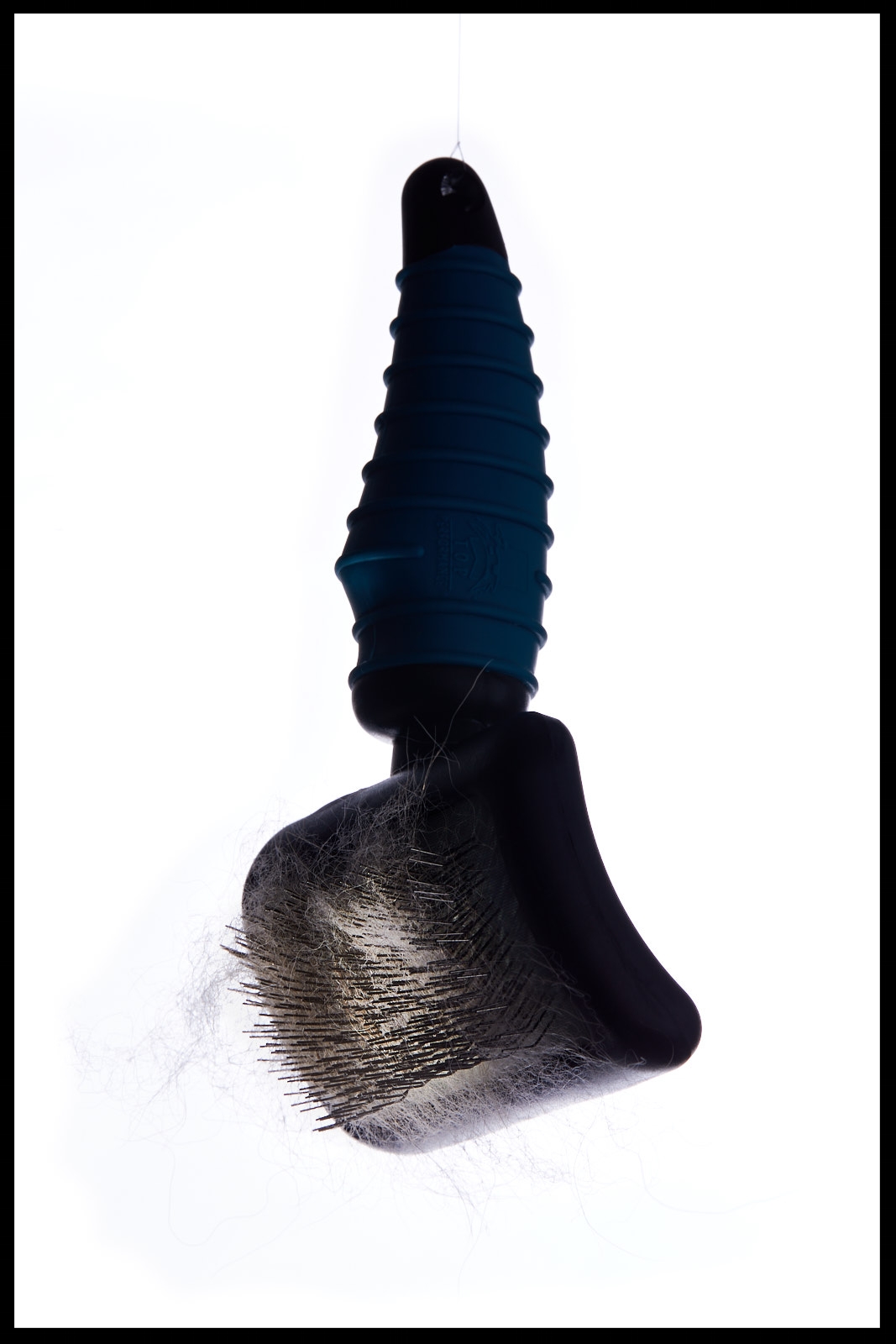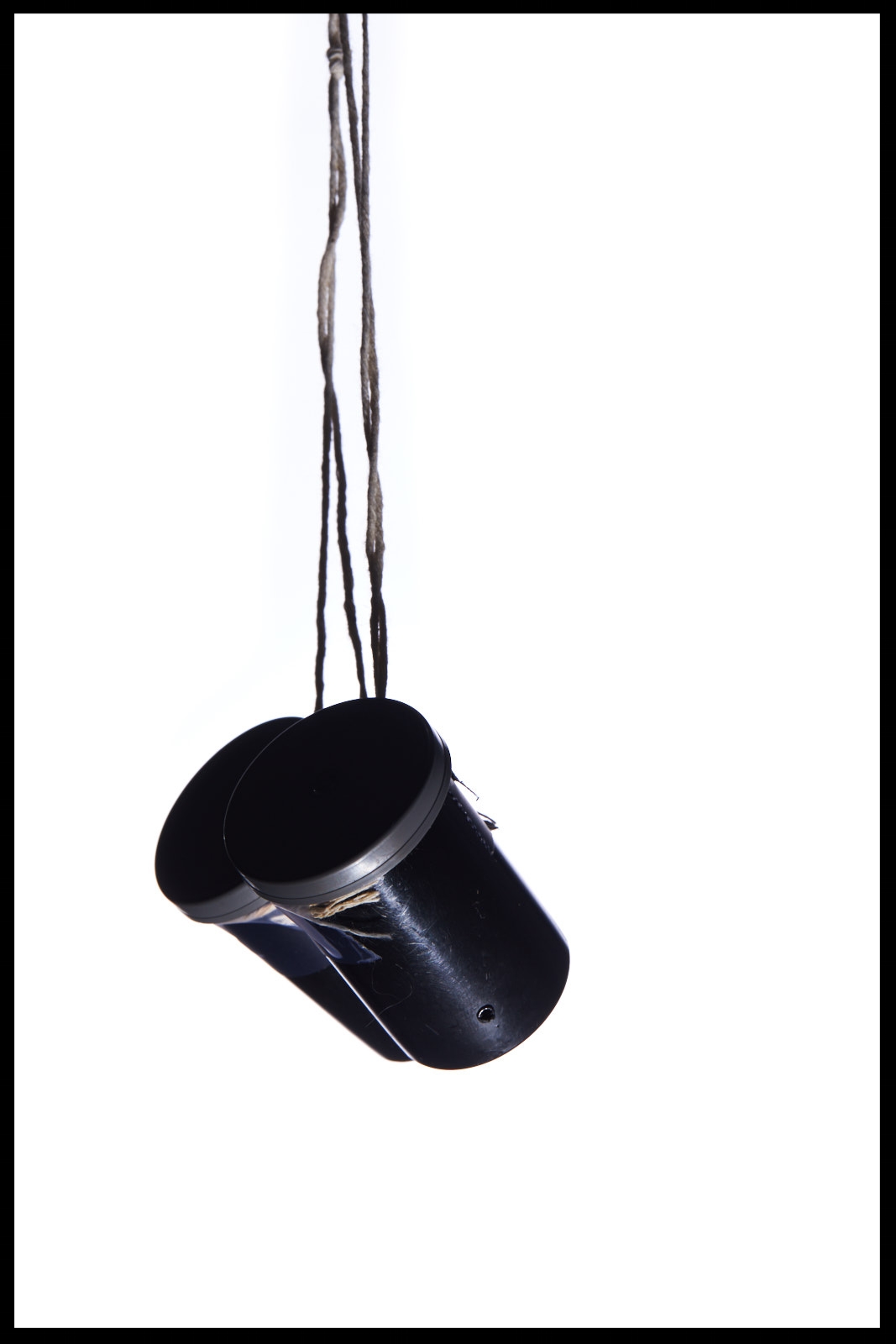And Now.... Cats!
The best photo projects are the ones that make you stretch your brain, as well as your shutter finger. The books I’ve had the honor of doing with Lori Epstein at National Geographic Kids are a perfect example of when the two things come together in an (almost) harmonious and (usually) hilarious way.
We’ve braved icy mornings in New England, exploding soda bottles, flaming oranges, slime, lasers, buckets and buckets of pond water and–for our most recent adventure–the most mysterious force in all of the animal kingdom… the domesticated house cat.
After a successful Dog Science: Unleashed book release last year (also by author Jodi Wheeler-Toppen and a AAAS/Subaru Science Book of the Year finalist) we got the call–Make a companion book for cats.
Oh, I know what you’re thinking: they must mean genetically modified, extremely intelligent, fully trained, professional stunt cats, right?
[errrrr….. no.]
Luckily, we got the next best thing: super cooperative, funny, elegant, offbeat social cats, along with their human buddies. We traveled to a number of homes in the metro DC area and took on the feline superstars on their own home turf. And, I think I can speak for all of us when I say that we are very, very happy with the results.
Oh, I know what you’re thinking: they must mean extremely intelligent, fully trained, professional stunt cats, right?
[errrrr….. no.]
Luckily, we got the next best thing: super cooperative, funny, elegant, offbeat social cats, along with their awesome human buddies. We traveled to a number of homes in the D.C. area and took on the feline superstars on their own home turf. And, I think I can speak for all of us when I say that we are very, very happy with the results.
Look for it on bookshelves on August 27, 2019!
You can find the first four books I worked on at the links.
Try This (author: Karen Romano Young)
Try This: Extreme (author: Karen Romano Young)
Dog Science (Author: Jodi Wheeler Tappen)
Make This (Author Ella Schwartz)
What science book would you like to see
Michael Douglas for Science News
No, not that Michael Douglas.
Here are some outtakes and "sketch" images (see below) for the last of a three part shoot I did for Science News earlier this spring. Michael Douglas, who was adopted, has a genetic disease called Ehlers-Danlos syndrome. As a result of this, his blood vessels don't constrict properly and he has had a constant migraine for over years. Using three different testing companies and some sleuthing, he found his birth family in southern Maryland, and was able to learn more about his family's medical history. We shot these images on a perfectly cloudy day on Solomon's Island.
![Portrait of Michael Douglas made on May 17, 2018 on Solomons Island, Maryland, for Science News. [copyright Matthew Rakola]](https://images.squarespace-cdn.com/content/v1/5810b797414fb5635ec17858/1529069527337-QWCB6M8FAWZ55UEL0S7D/18-117-055.jpg)
![Portrait of Michael Douglas made on May 17, 2018 on Solomons Island, Maryland, for Science News. [copyright Matthew Rakola]](https://images.squarespace-cdn.com/content/v1/5810b797414fb5635ec17858/1529069639910-T7F0SU4I6V67H96SOFFP/18-117-157.jpg)
![Portrait of Michael Douglas made on May 17, 2018 on Solomons Island, Maryland, for Science News. [copyright Matthew Rakola]](https://images.squarespace-cdn.com/content/v1/5810b797414fb5635ec17858/1529069527222-CR7BHOPTSVVUNPYBV00X/18-117-115.jpg)
![Portrait of Michael Douglas made on May 17, 2018 on Solomons Island, Maryland, for Science News. [copyright Matthew Rakola]](https://images.squarespace-cdn.com/content/v1/5810b797414fb5635ec17858/1529069528653-Y33BKMN2HIU2X47CQ41Q/18-117-155.jpg)
![Portrait of Michael Douglas made on May 17, 2018 on Solomons Island, Maryland, for Science News. [copyright Matthew Rakola]](https://images.squarespace-cdn.com/content/v1/5810b797414fb5635ec17858/1529069529204-J92AWAXCHT1V9HS5LXUH/18-117-192+1.jpg)
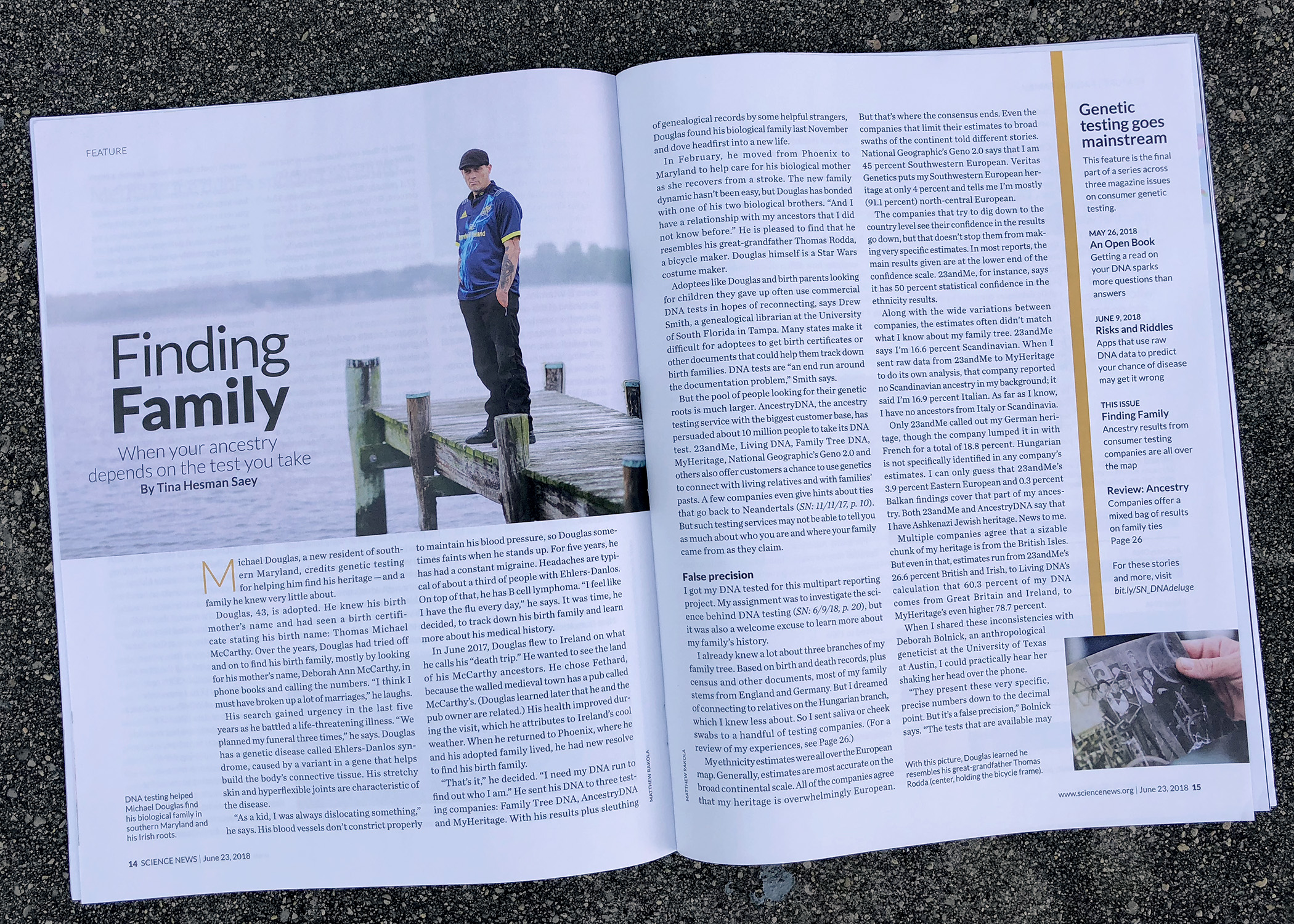
I like to "sketch" images from shoots. These are basically just quick stylistic treatments that aren't necessarily how I imagine they'll be used by the client, but nevertheless provide a good way to explore different "feels". Increasingly, I am previsioning shoots with different post production styles in mind. (Look at me getting all artsy!)
Most often for these sketches I'll use Analog Efex Pro 2 by Nik software (recently purchased by DxO). I rarely save recipes because I want to avoid being in a rut, utilizing the same "tricks" time after time. Having said that, I do have a few basic recipes that I start with as a base and I will individually salt to taste each image afterwards.
Big thanks to assistant Steven Wesley for humoring me, arriving 2 hours early to scout the location and listen to me mutter, "it's gonna rain any second now..." Also big thanks to Erin Otwell at Science News for the assignment and for being so open to creative interpretations on this and the first two parts of the assignment.
Tech specs, because people ask: All of the portrait images were made with a Canon 5Dmk4 with the amazing Canon 85mm f1.4 IS L series lens, EXCEPT for the first image, which was made with Sigma's 35mm 1.4 ART lens. Both of these lenses are really really pretty in their own way. Lighting was via a Profoto B1 and their collapsible 22" beauty dish. The latter of which, while it feels flimsy, is a pretty nice little modifier. All images put through CaptureOne Pro and processed in Nik Analog efex Pro 2. I don't think any of these ever hit Photoshop.
So I shot a book...
Here's a super sneaky advance preview of my third (of five) books that I've shot for National Geographic Kids. It's called Dog Science: Unleashed and you can pick it up August 7th. Very big thanks to Lori Epstein who has been the photo director/editor on all five of my books for NatGeo Kids. If you get a chance, write to her and suggest that I shoot a book in Australia. Just saying. Also thanks to all of the pooches, their kids, and everyone who helped make this a great book.
I smile every time I see the cover because I can remember each dog's unique personality.
Scarlett just has the prettiest eyes! (Take my word for it or better yet– buy the book.)
Seriously?? Daisy was one of my favorites. (Just don't tell Daisy#2, Buddha, or Chloe or...)
I've always said that it's not a real day on the job until I'm lying on the ground making a picture. Wiping dog slobber off the lens is just an added bonus.
Science is Messy.
Last year I was fortunate enough to shoot my second book in the Try This: series for National Geographic Kids with super author Karen Romano Young. While I can't show any of the pictures from the book until it's actually published, I decided to shrug off "real" work on this rainy Tuesday and do some quick images of some of the things we did, post mortem. Science is messy and involves breaking as well as creating. Here's to wreckage.
Search Posts
I try to keep this blog up to date and relevant, but if you just want to see more pictures, follow me on instagram, link below.


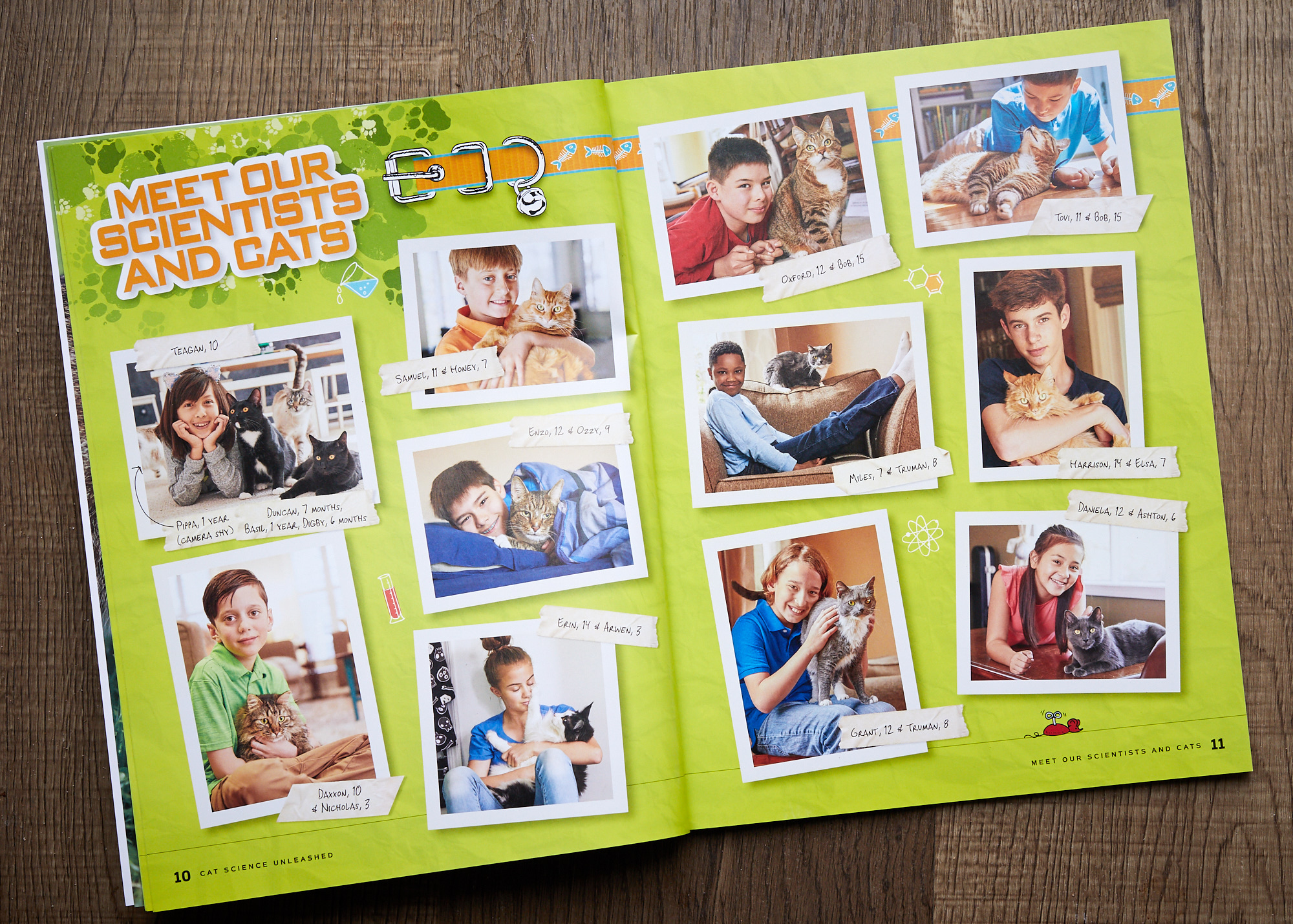
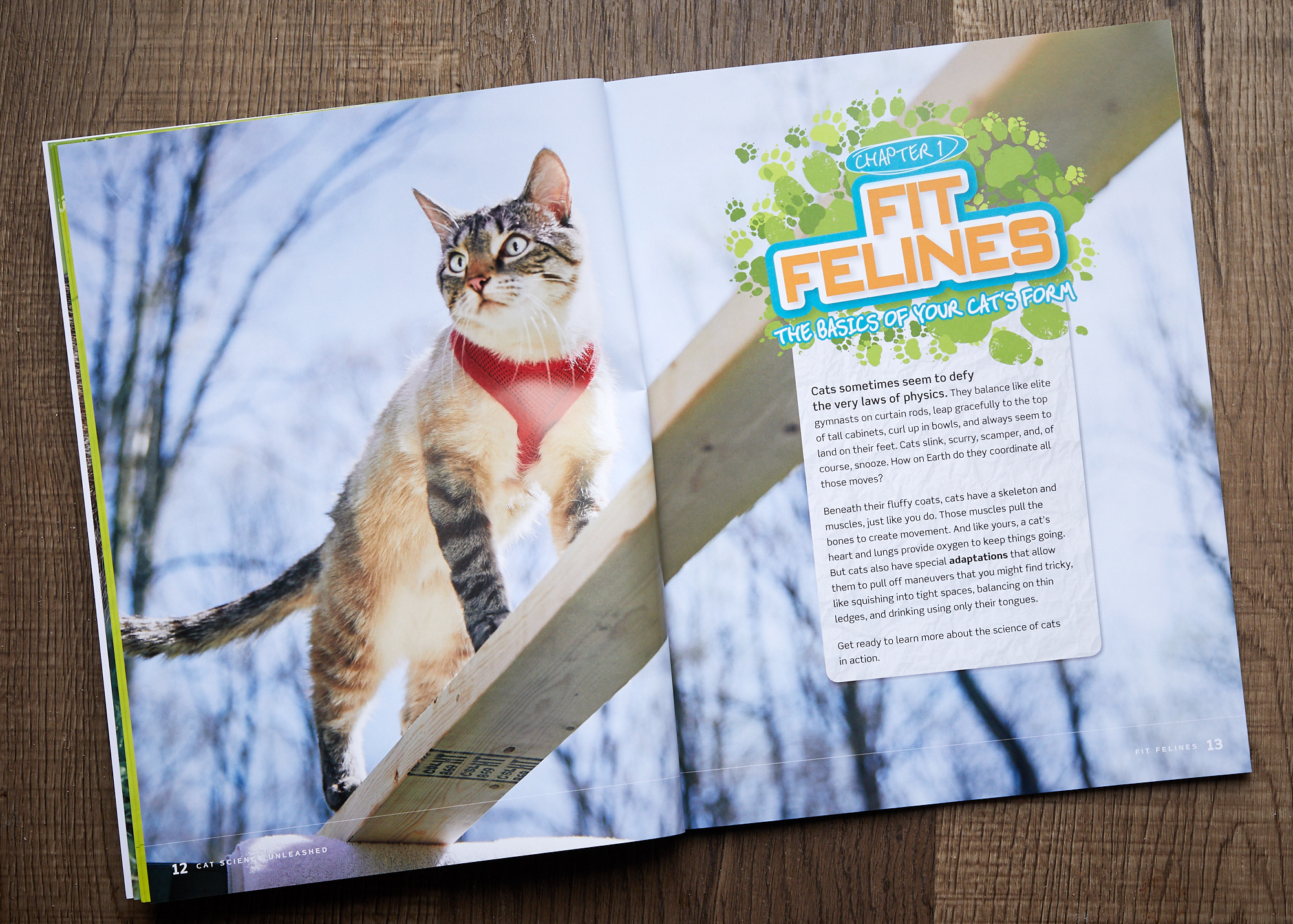
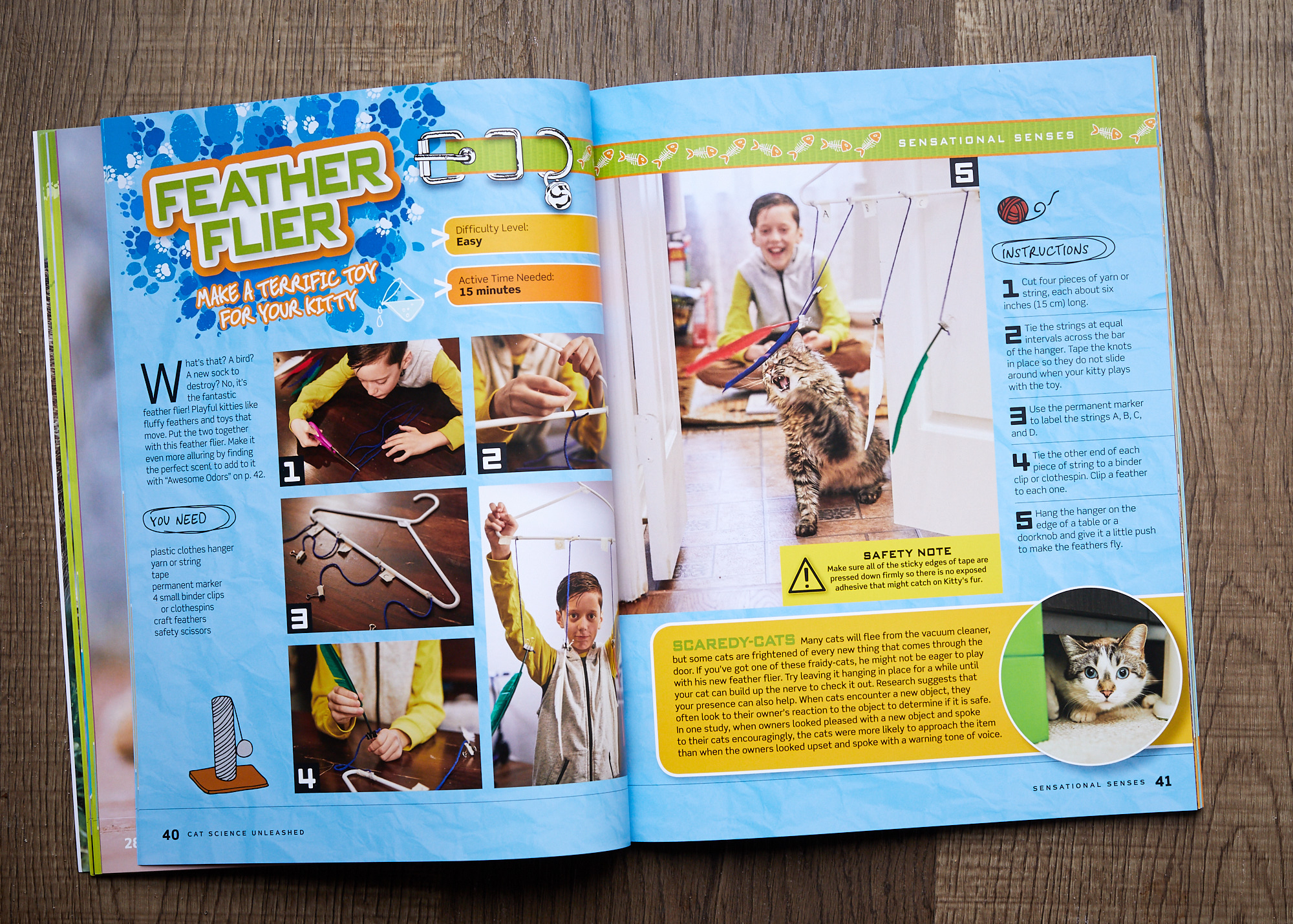
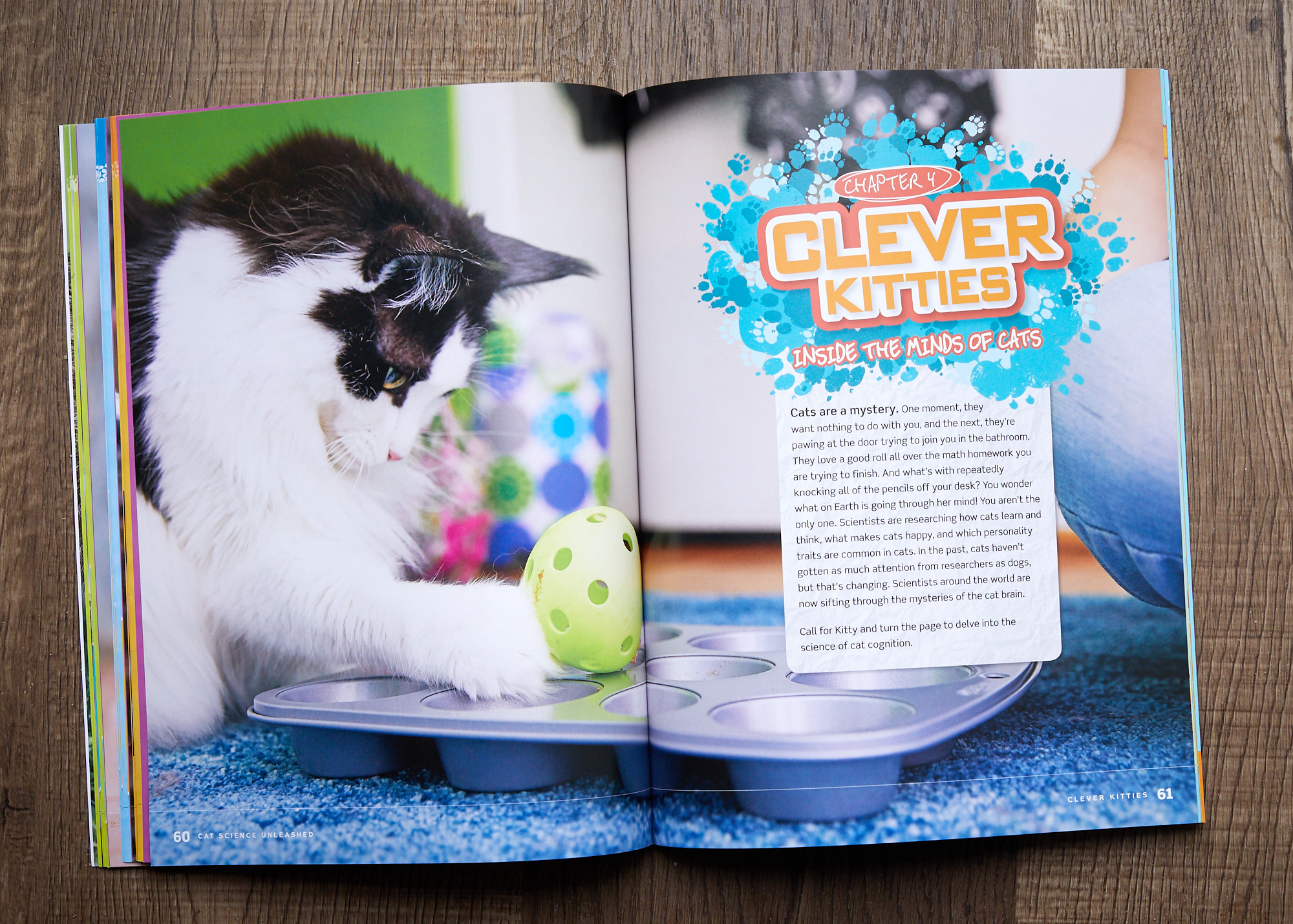
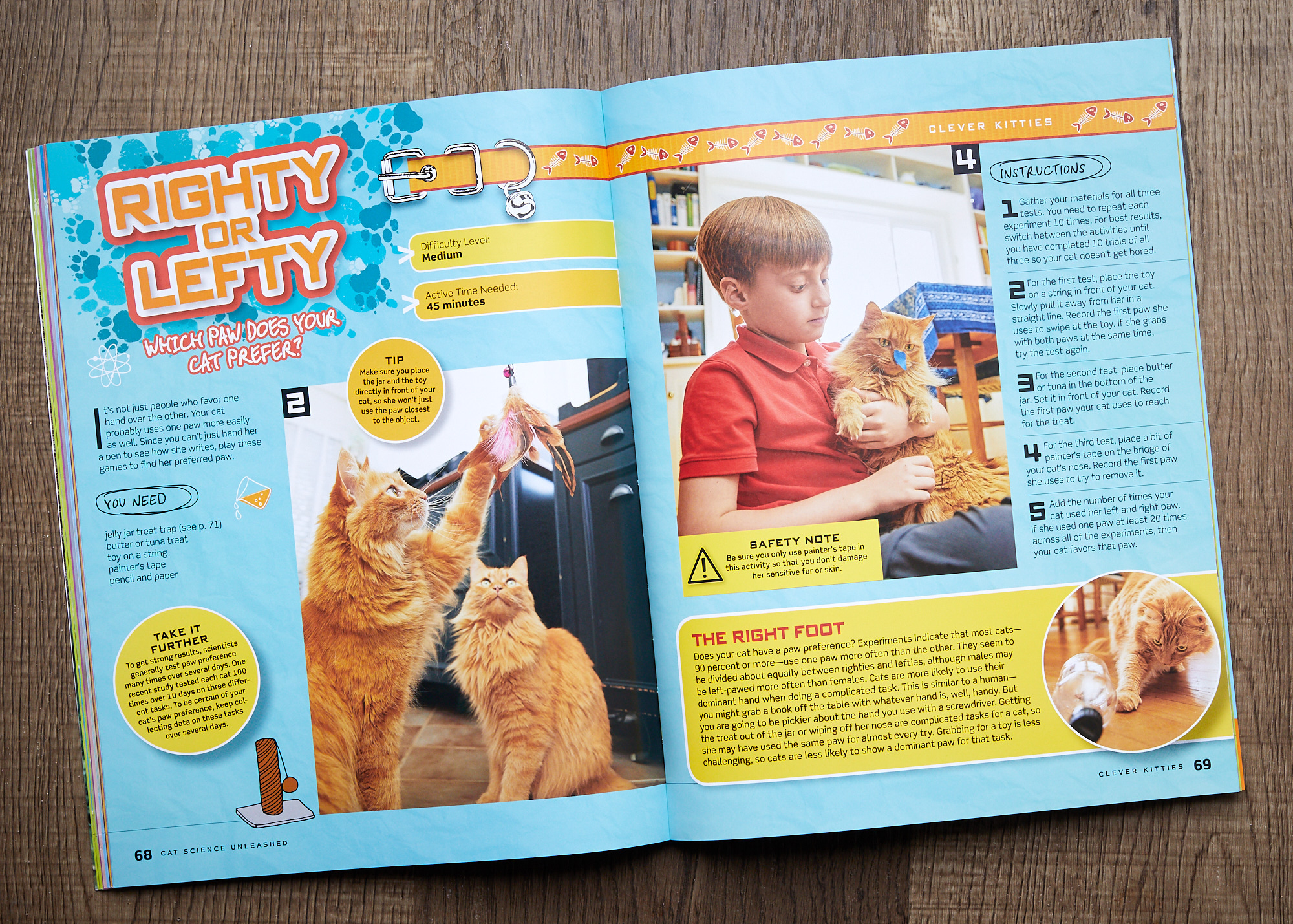
![Portrait of Michael Douglas made on May 17, 2018 on Solomons Island, Maryland, for Science News. [copyright Matthew Rakola]](https://images.squarespace-cdn.com/content/v1/5810b797414fb5635ec17858/1529069529699-R7AZ9618AW8BGEH2WDT9/18-117-213.jpg)



